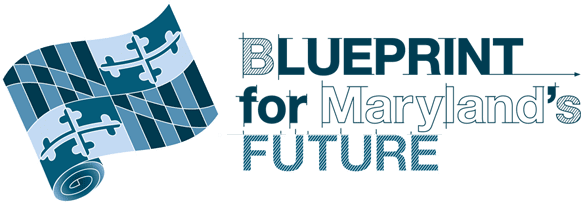TCPS & Blueprint Implementation
Home » Teaching & Learning » Blueprint for MD’s Future
TRANSFORMING EDUCATION IN TALBOT COUNTY AND ACROSS THE STATE OF MARYLAND THROUGH THE BLUEPRINT FOR MARYLAND’S FUTURE
Blueprint Overview
The Blueprint for Maryland’s Future is landmark education reform legislation that became State law in 2021. The intent of the Blueprint is to transform Maryland’s public education into one of the top performing school systems in the world. To do this, it focuses on five major policy areas or pillars: early childhood education, high quality and diverse teachers and school leaders, college and career readiness and pathways, more resources to ensure all students are successful, and governance and accountability.
Talbot County Public Schools has developed a Blueprint Implementation Plan, which will guide the school system’s work over the ten-year implementation period. The Blueprint for Maryland’s Future (HB 1300 and HB1372) combines school funding and supportive policies to ensure all learners have the opportunity to become college and career ready. Additionally, the Blueprint seeks to elevate “overall student performance to be among the world’s best and eliminates achievement and opportunity gaps between students from different family incomes, races, ethnicities, abilities and disabilities, and other defining characteristics.” TCPS strives to continuously reflect, redesign, and improve existing policies and practices to create a system that equitably serves our diverse student population in every grade level.
Five Blueprint Policy Areas
Early Childhood Education
Expand access to public and private Pre-K programs that meet State Standards.
High Quality & Diverse Teachers & Leaders
Increased salary and professional development efforts to recruit and retain staff.
College & Career Ready Pathways
Rigorous opportunities and instructional programs that prepare students for success in college and careers.
More Resources
Additional programs and resources to available to support the overall needs of students.
Governance & Accountability
Local and State oversight to ensure implementation of the Blueprint.

Pillar One
Early Childhood Education
OVERVIEW OF INITIATIVES
- Expand publicly-funded full-day Pre-K for all 3- and 4-year-olds from low-income families through a mixed (public and private) delivery system
- Increase the number of high-quality early childhood education providers and educators
- Enhance supports for young children and their families through additional Judy Centers
- Improve student readiness for kindergarten
- CURRENT PILLAR 1 PROGRESS
- Universal full-day Pre-K program for all 4-year-olds at all elementary schools
- Kindergarten Readiness Assessment given to all incoming kindergarteners
- Judy Center locations to servicing Easton, St. Michaels and Tilghman areas - pursuing more locations during SY 24-25
- Expanded P3 with an additional classroom starting in 22-23 school year


Pillar Two
High Quality and Diverse Teachers and Leaders
OVERVIEW OF INITIATIVES
- Improve recruitment and professional development efforts to create and retain a more diverse educator workforce
- Increase the number of highly-qualified staff and National Board-Certified teachers
- Enhance educator compensation and leadership opportunities through a statewide career ladder
- Implement more comprehensive teacher induction, mentoring, and professional learning for teachers
Raising the Status of Teachers
- Improve teacher compensation to be comparable to other professions with similar education requirements, which includes initial 10% salary increase by FY24 and establish a minimum starting salary of $60,000 by FY27
- Increase rigor and standards for teacher preparation programs and state licensure to meet new requirements by July 2025
- Establish statewide framework for a performance-based career ladder that enables teachers to remain in the classroom while assuming additional responsibilities for an increase in salary
- Through the Blueprint, salaries for National Board Certified (NBC) Teachers in Maryland will increase by $10,000 with an additional $7,000 for teachers in low-performing schools
Current TCPS Accomplishments
- Currently supporting a cohort of teachers pursuing NBC beginning Fall 2022
- Added Equity, Diversity, and Inclusion Coordinator to improve recruiting strategies for hiring and retaining diverse staff through Maryland Leads grant funding
- Established partnership with New Teacher Center and added five mentor teachers and an Engagement Specialist for new teacher support and retention
- Expanding upon local Grow Your Own and Teacher Academy programs
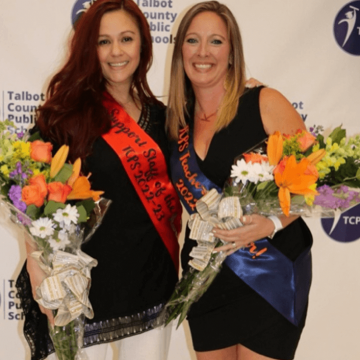
TCPS is on target to meet 10% salary increase by FY24!

Pillar Three
College & Career Readiness Pathways
OVERVIEW OF INITIATIVES
- Implement high-quality curriculum in Pre-K-12 to ensure students are college and career ready
- Establish support and post-CCR pathways for students in high school
- Increase youth apprenticeship partners and opportunities for students to earn industry recognized credentials before graduating high school
- Develop a robust career counseling program for students in grades 6-12
Upcoming Blueprint Initiatives
- Increase access to post-CCR program pathways leading to college credit and/or occupational certification at no cost to students
- Develop alternative options to help students achieve CCR designation by the end of 10th grade
- Expand Career and Technical Education (CTE) to include those taken through apprenticeship sponsors and/or non-credit courses leading to certificate or license
- Establish early warning systems and increase support infrastructure for students, including the expansion of tutoring services
Current TCPS Accomplishments
- Established 9th grade tracker system to measure each student’s progress toward graduating on-time and credit accumulation
- Added Certified Nursing Assistant pathway to CTE program
- Currently offering 19 Advanced Placement (AP) courses to provide academically challenging content in a supportive environment
- Continuing to grow apprenticeship program with community partners
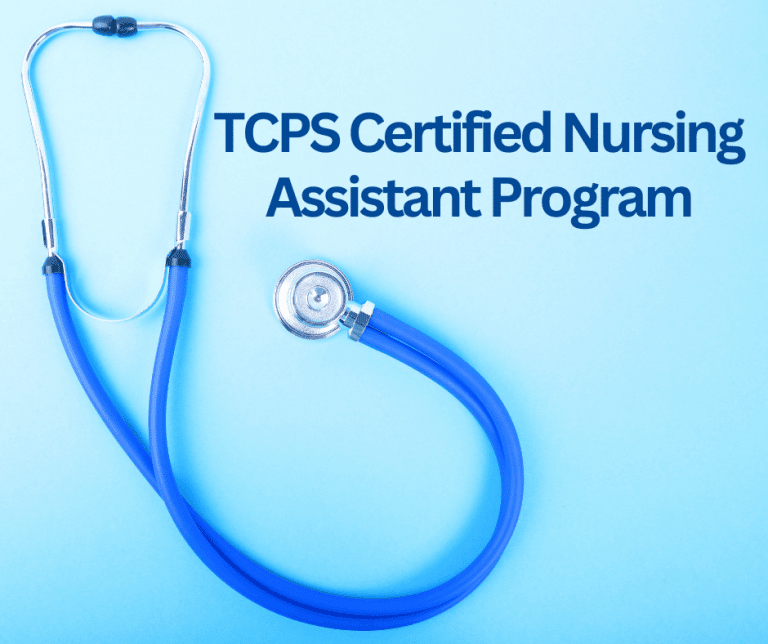
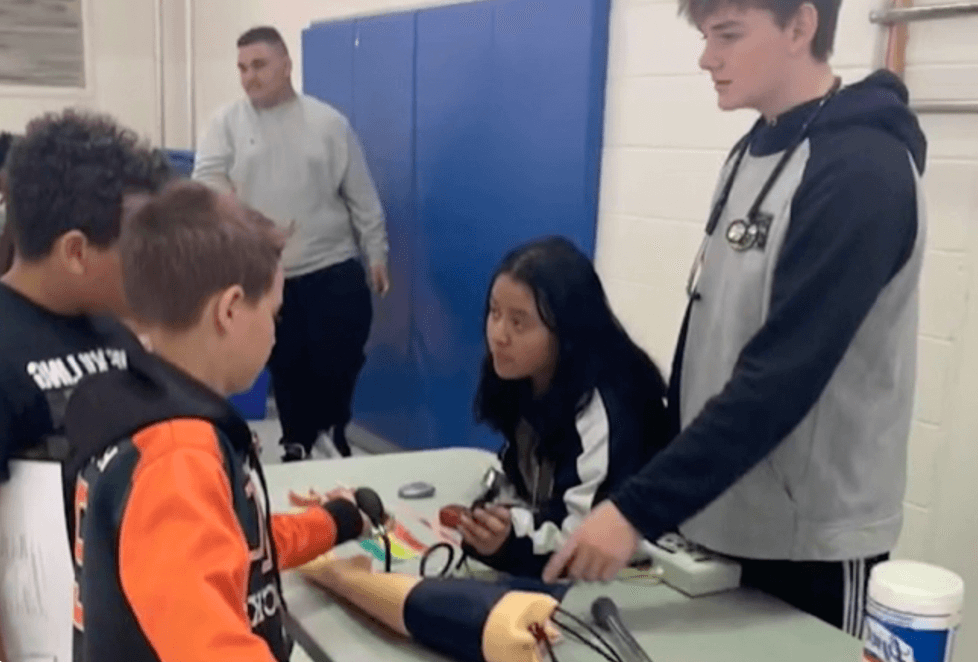
The Certified Nursing Assistant (CNA) Completer program provides real-life healthcare experience and assessments to gain CNA certification upon graduation.
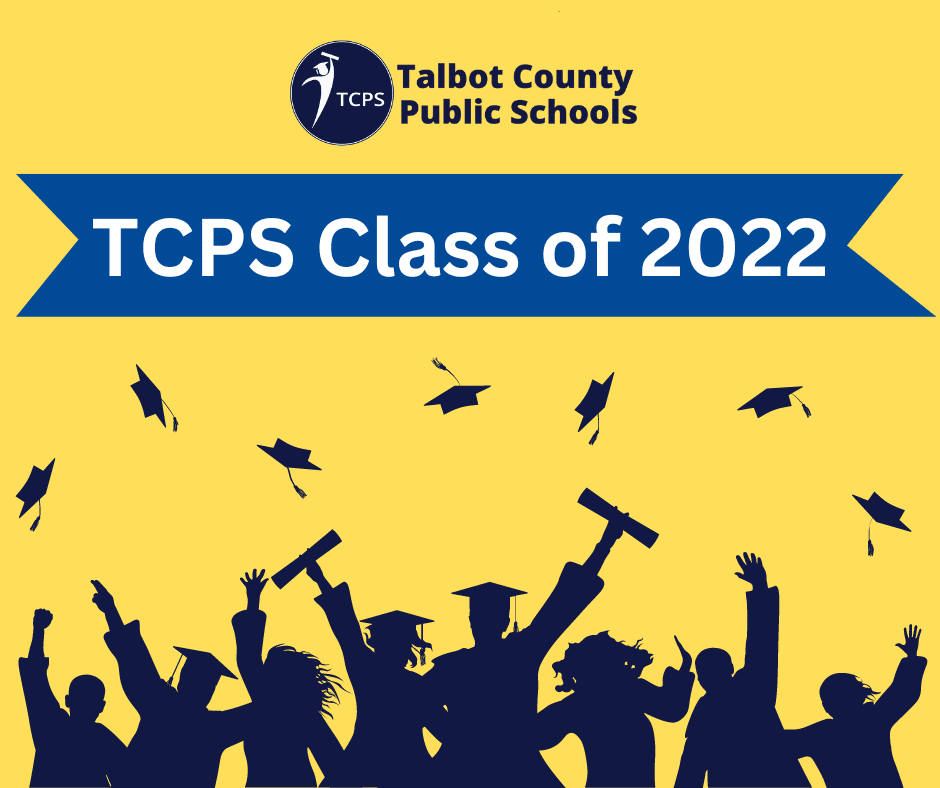
TCPS Class of 2022 Spotlight
- 54% completed at least
one AP course - 23% earned credit for at least one Dual Enrollment course
- 39% fulfilled requirements for at least one CTE Completer – 10% (9) of these students completed more than one pathway

Pillar Four
More Resources for Supporting Students
OVERVIEW OF INITIATIVES
- Expand community partnerships to coordinate more wraparound services
- Execute Concentration of Poverty Grants to support community school programs
- Prioritize funding and programming for historically underserved students
- Enhance student behavioral health services and access to providers
- Improve outcomes for all students and providing resources to those who need them most

Current TCPS Accomplishments
- Implemented high-dosage tutoring (in-depth and individualized) to support student success
- Hired a Community School Program Manager for Easton Elementary School
- Hired additional Special Education and English as a Second Language (ESOL) teachers
- Hired additional instructional coaches for reading and special education
Providing Support to Those Who Need it Most
- Additional support for English learners, including family liaisons and workgroups to analyze student data and review instructional methods
- Revised state funding formulas to increase funding for English Language Learners, Special Education students, and those eligible for Free and Reduced Meals
- Implement annual training for school staff to focus on trauma, behavioral, and social-emotional learning supports
- Provide individual and small group instructional support for students below-norm in reading at grade level by third grade, and for secondary students who are not proficient in Mathematics
- More equitable distribution of resources to ensure staff capacity and experience are appropriately distributed with priority given to high-needs schools
- Increased partnerships to coordinate needed services including, but not limited to, before and after care, social services, behavioral health support, tutoring, etc.

Pillar Five
Governance and Accountability
OVERVIEW OF INITIATIVES
- Establish accountability and oversight of statewide Blueprint Implementation
- Develop, implement, and monitor local Blueprint Implementation Plans
- Create statewide Expert Review Teams to visit schools and provide support for improving student achievement
- Ensure at least 75% of per-student funding is directly allocated to schools
Annual reporting will be used to evaluate and make necessary changes based on whether:
- implementation plans are achieving expected outcomes;
- legislative changes are recommended during session;
- state and local funds provided are consistent with initial calculations;
- local agencies are complying with Blueprint Comprehensive Plan.

- Expert Review Teams to visit districts statewide to provide support for improving instruction
- Advisory Committees for each policy area comprised of educators, community leaders, and students from each region
- AIB Planning Sessions virtually and in-person for public review
- LOCAL ACCOUNTABILITY
- Added Blueprint Coordinator position responsible for the implementation of the Blueprint by all respective parties within Talbot County
- Completed all mandated reports required by Maryland State Department of Education and AIB
- Establishing committees comprised of educators and community stakeholders to evaluate data relating to each policy area and assist with TCPS Implementation Plan
- Utilizing research-based models for training and coaching school staff
- Updates to stakeholders at Board of Education meetings

